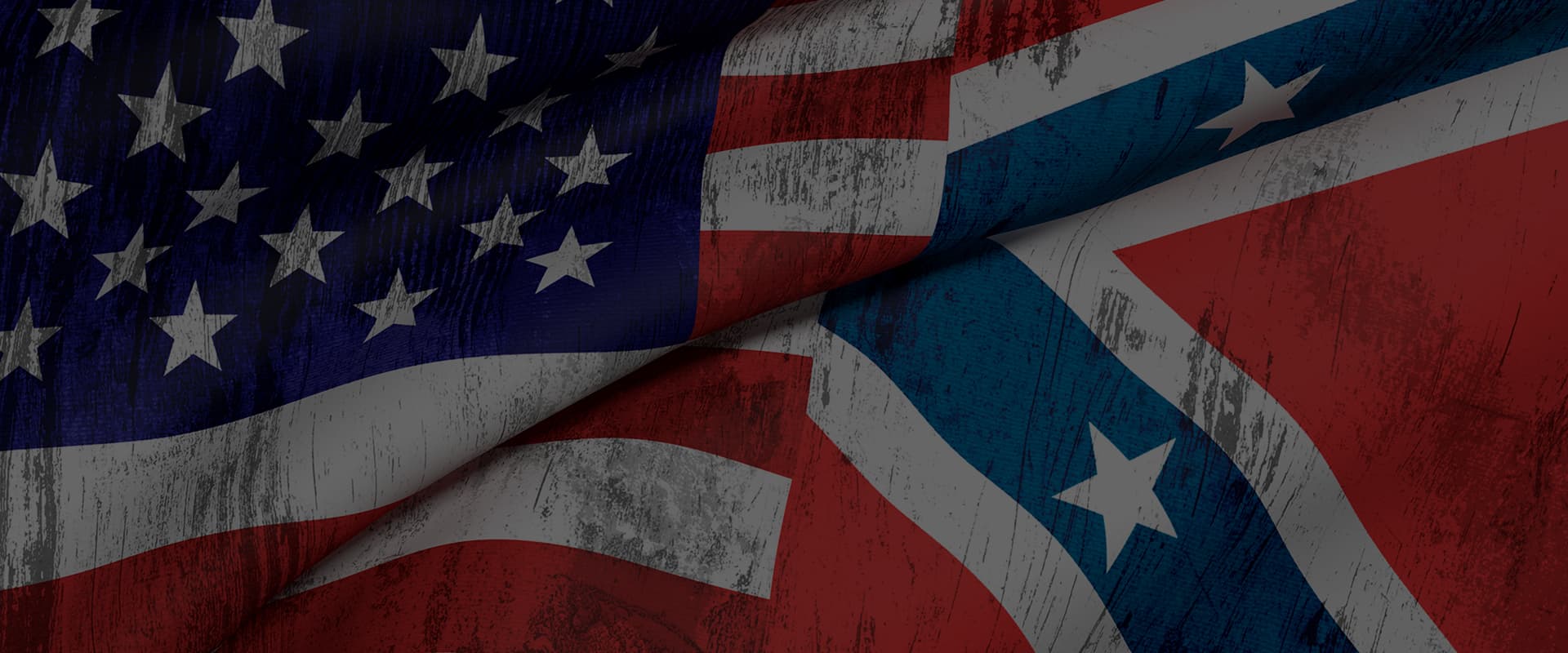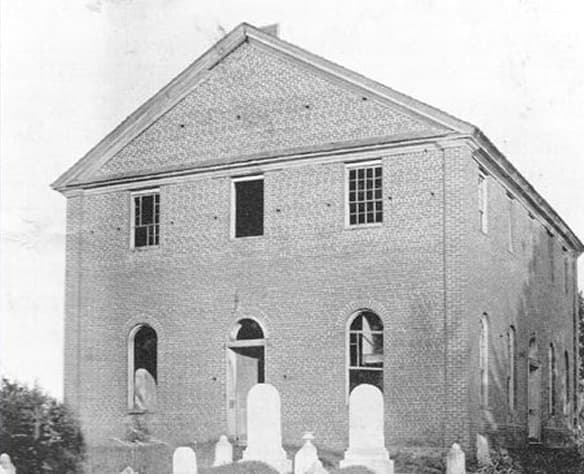
Step into the grounds of Historic Westminster Cemetery with The Legacy of the Civil War Brave, a virtual journey honoring the lives and legacies of Civil War veterans whose service and sacrifice helped shape a divided nation. These soldiers, sailors, and officers came from different walks of life — some born in America, others immigrants who chose this land as their home. They fought on battlefields far from where they once lived, returning to Westminster not as warriors, but as husbands, fathers, laborers, merchants, and community leaders. Their stories reflect bravery, loss, resilience, and hope — each one a unique thread in the broader tapestry of American history.
Walk among the final resting places of individuals like Captain James Baer, honored for his early Union defense, and Private Malachi Buckley, an Irish immigrant wounded at Antietam. Discover how men such as Lieutenant Colonel Samuel Herr and Corporal Dennis Frizzell rebuilt their lives after war, becoming pillars of the local community. Some were remembered with dignity by devoted citizens like Mary Shellman, who ensured even the poorest among them received a proper burial. Others rest beneath solemn markers provided by the government, silent testaments to their service. This tour invites you to remember, reflect, and honor those who answered the call — and whose echoes still speak through time.
Westminster’s Civil War Hospital
Shuttered for nearly a decade the meetinghouse opened its doors during the American Civil War when a local skirmish compelled use of the building as a field hospital. Corbit’s Charge took place not far from the Church Street entrance to the cemetery on 29 June 1863. It was an encounter between a Confederate cavalry of nearly 6,000 commanded by General J.E.B Stuart and a detachment of the 1st Delaware Cavalry with less than a 100 troopers.

Philip Fisher was on a hometown visit from Ohio and found himself an eyewitness to what he called “a furious battle in the street[s] of Westminster.” He saw the Union cavalry with drawn swords rushing through Main Street and, “outnumbered many to one,” meeting defeat when Stuart’s men emerged “from concealment in the Washington Road.” There were four fatalities: two Southern officers and two Northern troopers. Reports vary on the number of casualties, but most often cited are 10 or 11 wounded on each side.
Fisher said the injured filled the “relic of the decaying old union church.” Mary Shellman was not quite 14 years-of-age, but she helped nurse the soldiers. She never forgot the anguish she witnessed or afterwards reading the “many autographs and pathetic messages” the men had carved into the pulpit and walls of the meetinghouse. Church of the Ascension pastor James Chrystal officiated at the two officers’ burials in the “Union Church Yard,” but upon discovery that the Southerners – Lieutenants William St. Pierre Gibson and John Murray – had been Episcopalians, they were removed to the nearby Ascension cemetery. Later Gibson’s family claimed his remains and reinterred them in Virginia.
The day after what has also been called The Battle of Westminster, Philip Fisher watched the Confederate cavalry march by the meetinghouse toward Hanover, Pennsylvania, and another skirmish that further delayed its arrival at Gettysburg. Historians have speculated that Stuart’s lateness contributed to General Robert E. Lee’s loss there and hastened the end of the war.
The Gettysburg battle brought more wounded soldiers to Westminster for care, and Joshua Hering was one of the physicians who tended to the men at the hospital still set up in the old church and now expanded to the nearby schoolhouse. In his memoirs Hering cited the indifferent medics sent to the hospital by the federal government and the limited supplies provided. He also spoke of a Westminster and Carroll County deeply divided over the war. However, he insisted that his Southern sympathies and the other local physician’s Unionist stance did not prevent their equal treatment of patients regardless of the uniform they wore.

Tour Members
How to start a tour?
Do you have any suggestions?
If you want to know how to expand this tour, write to us and we will contact you!


